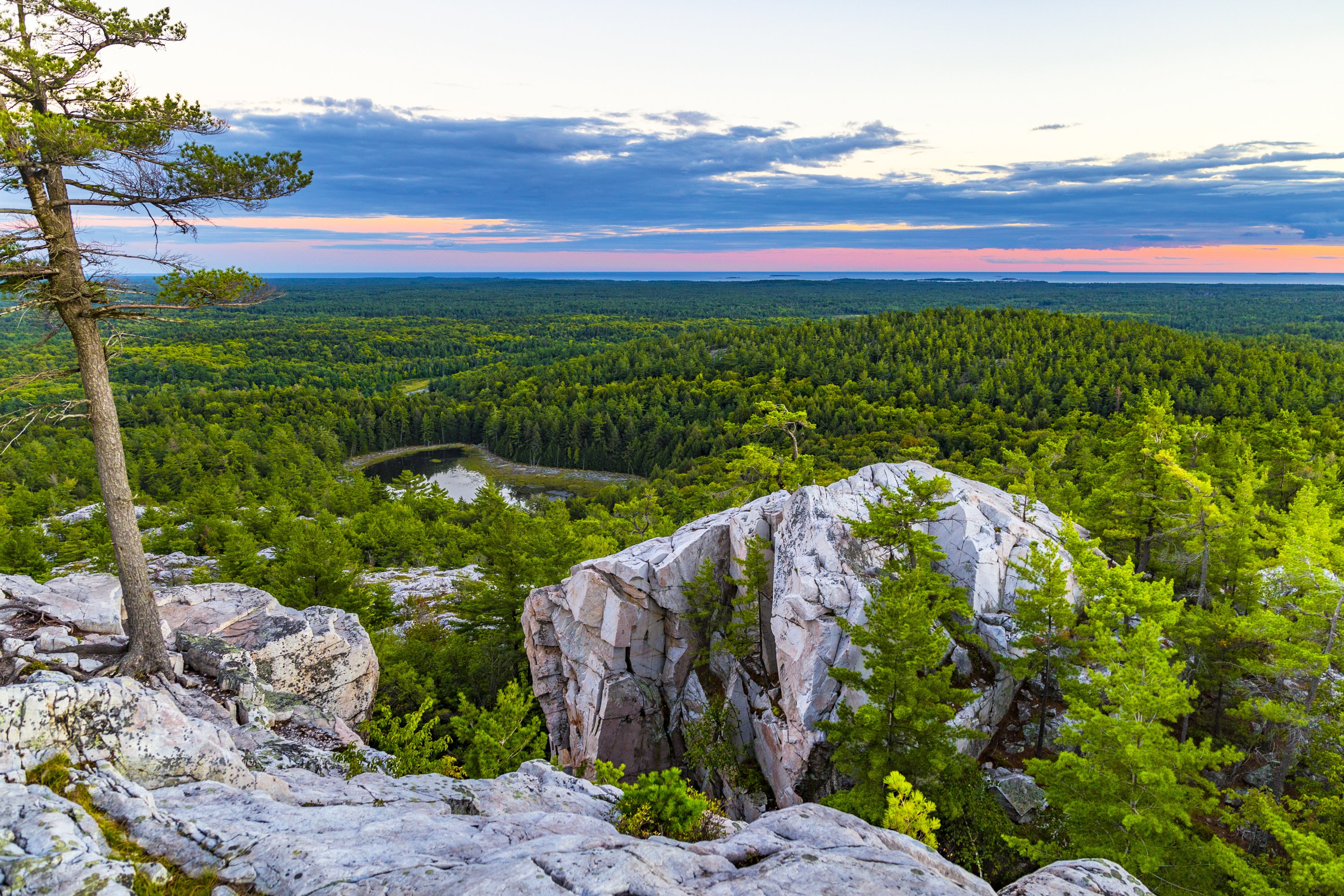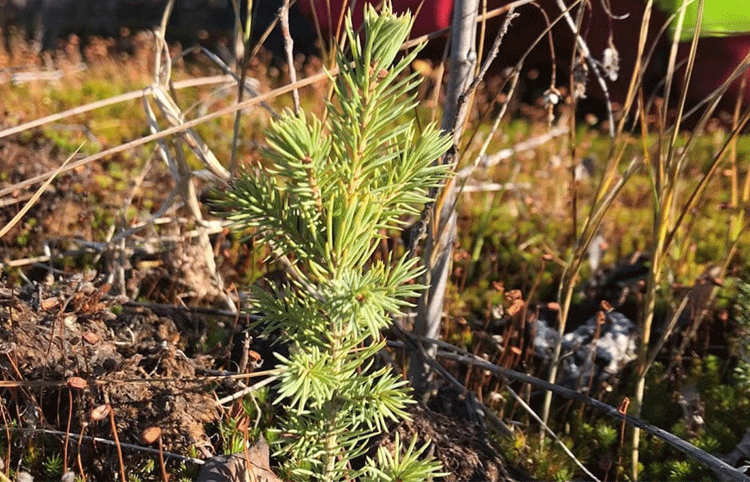Are you curious about carbon sequestration? Have you heard the term and don't quite understand what it means? This blog sheds some light on natural carbon sequestration processes and their role in the forestry industry.
What is carbon sequestration and why is it important?
Carbon sequestration is a process by which atmospheric carbon (a greenhouse gas) is absorbed or captured and stored for a long period of time. Storing carbon prevents it from entering the atmosphere and contributing to the global rise in temperatures.
As global leaders commit to new climate change policies, innovative ideas for carbon capture, utilization, and storage are being sought out and evaluated. Priorities have centered around amplifying the amount of carbon that can be captured from the atmosphere. Increasing these efforts results in a decline in greenhouse gases released into the atmosphere, which is important to reduce the rate at which global temperatures are rising.
What is natural carbon sequestration and how is it different from carbon capture?
Carbon sequestration refers to naturally occurring carbon storage through carbon sinks like forests, grasslands, wetlands, and oceans. These vital ecosystems absorb more atmospheric carbon than they release. The carbon continually captured through natural processes like photosynthesis is then stored within vegetation, soil, or sediment. It remains stored until a disturbance event such as a wildfire occurs and releases it back into the atmosphere.
Carbon capture refers to artificial or manufactured carbon storage solutions. For example, carbon capture, utilization, and storage (CCUS) is a technological process that captures carbon emissions from large carbon-producing sites like oil refineries, compresses them, and transports them through a pipeline system to be stored deep underground in rock formation.
Which North American ecosystems provide the best rates of carbon sequestration?
North America has a wide range of ecosystems, and some are better at sequestering carbon than others. The three most efficient ecosystem types for carbon sequestration in North America are:
- Forests
- Terrestrial wetlands
- Mangroves and saltwater marshes
Native species of vegetation capture atmospheric carbon through photosynthesis and store it in their dense root systems and the soil. Wet ecosystems such as wetlands and mangroves are resistant to fire or agricultural development and are thus especially important as they ensure long-term carbon storage.
How can carbon sequestration be improved in managed forest land?
There are several ways to improve carbon sequestration in ecosystems like managed forests. Here are five suggestions to consider:
- Implement efficient harvesting techniques to keep soil carbon intact. Conscientious harvesting and efficient site preparation is important to keep carbon stored in the soil from being released into the atmosphere.
- Manage forests to reduce wildfire risk. Selectively thinning trees, clearing dense underbrush, and creating firebreaks can reduce wildfire risk in managed forests and keep carbon out of the atmosphere.
- Plant efficient species where possible during reforestation. Vegetation species differ in their carbon sequestration abilities and rates. Fast-growing species with large canopies are generally best for capturing and storing carbon.
- Reduce invasive species where possible. Carbon sequestration into the soil happens during interactions between vegetation and microbes in the soil. Invasive species alter the composition of these microbiomes which can reduce the carbon storage capacity of native species.
- Choose wood products for future builds. Even after harvesting, carbon that has been sequestered into wood products remains stored for the duration of its life cycle. Building with timber extends the longevity of the wood and keeps carbon out of the atmosphere for longer.
How can Silvacom help?
Silvacom is passionate about working collaboratively and creatively with companies to solve complex natural resource management challenges in the most efficient and cost-effective way. If you are interested in finding out about improving carbon sequestration on the lands that you manage, we offer a wide range of services in this area. Contact us for carbon modeling, reforestation planning, silviculture operation planning, or wildfire management services.






